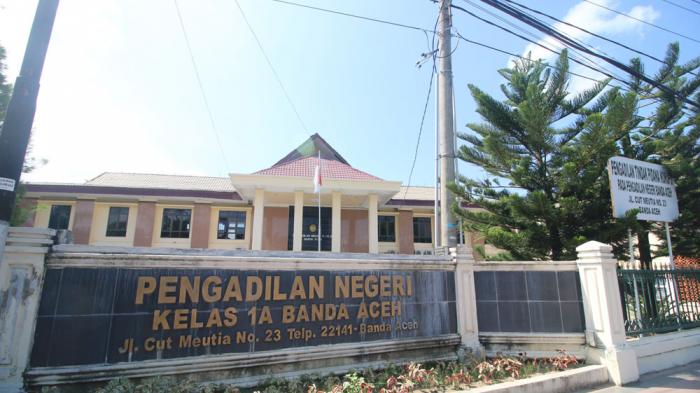Characteristics of Various Legal Languages and Speech act in the Trials of Banda Aceh State Court
ABSTRACT
This research aims to describe (1) the characteristics of various legal languages in terms of meaning clarity, cohesiveness of mind, simplicity, and inauguration (2), application of cooperative principles, politeness principle, and speech functions in trials of Banda Aceh State Court. The data sources of this research are nine trial cases containing the utterances of judges, prosecutors, clerks, witnesses, defendants, petitioners, plaintiffs, and defendants. The data of this research are characteristic of legal language in the form of meaning clarity, cohesiveness of mind, simplicity, and inauguration, cooperative principle, and politeness principle. This research used qualitative with descriptive-qualitative approach type. Research data is collected through listening to recording method technique and taking note. The results of this research conclude that the variety of legal language aspects of inauguration proved by the use of standard words, while mistaken of these aspects due to the use of non-standard vocabulary and regional language vocabulary. The simplicity aspect is proved by the use of concise sentences while the mistaken is caused by the contents of the indictments are long-winded. The cohesiveness of mind is proved by sentence expressions that show the unity of elements and have a clear link, whilst the mistaken is proved by repetition and prolix of sentences. The cooperation principle of maxim quality in the trial is influenced by the obligation for the defendant and witness to be honest because they had been sworn. Quantity maxim is proved by the information given by the informative and communicative speech partner. The way maxim is proved by answer regularly, unequivocal and categorized in representative speech functions. Relevance Maxim is evidenced by the information given by the speech partner that is relevant to the topic issue discussed. The politeness principle maxim of wisdom is contained in impositive and commissive speech. Generosity maxim is contained in directive, expressive, and representative speech. Humility maxim exists in expressive and assertive speech acts. The maxim of agreement is contained in illocution speech acts of assertive or representative. Praise maxim does not found in this research
